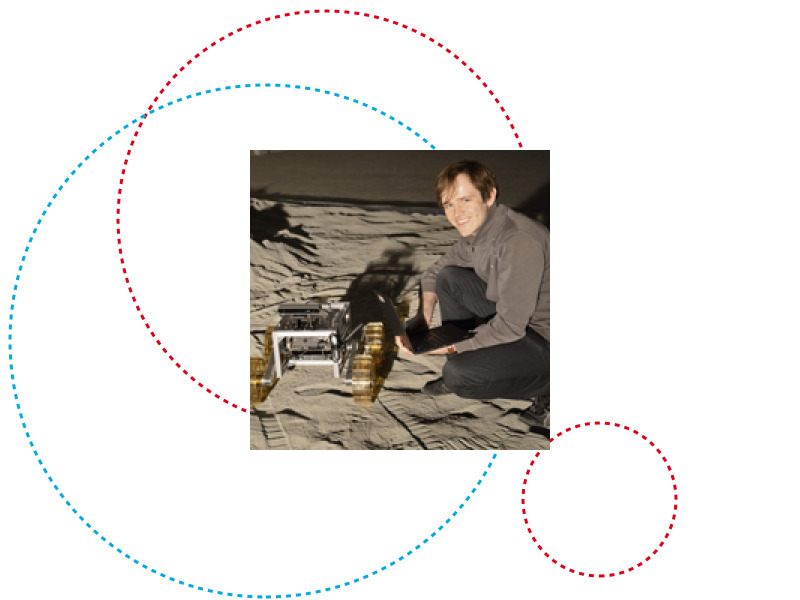We’re happy to welcome you to the PhD defence of Philippe Ludivig (Automation & Robotics group) on 14 March 2022 at 14:00.
The event will take place digitally on WebEx. Click here to join.
Members of the defense committee:
- Prof. Dr Miguel Angel OLIVARES MENDEZ, University of Luxembourg, Chair
- Prof. Dr Leon VAN DER TORRE, University of Luxembourg, Vice-chair
- Prof. Dr Holger VOOS, University of Luxembourg, Supervisor
- Dr Julien-Alexandre LAMAMY, ispace Europe SA, Luxembourg, Member
- Prof. Dr Nico HOCHGESCHWENDER, Hochschule Bonn-Rhein-Sieg, University of Applied Sciences, Germany, Member
Abstract:
With many New Space companies aiming to return to the surface of the Moon in the coming years, novel missions are being considered that can only last up to a single lunar day (14 earth days). In combination with the communication time delay (2.4 seconds), this leads to an increased incentive for enabling more autonomy to maximise operations for any mobile surface robot.
Since the primary component for this type of autonomy is good localisation estimates, both relative and absolute, are the main focus of this work. While this has been demonstrated before for terrestrial applications, the challenge here is to propose systems (software and hardware) which function within the limitations of what is physically possible on the lunar surface, and more importantly, what is financially viable for private companies, leading to more conservative mass and power requirements.
In terms of relative localisation, we address which sensor hardware should be considered for such applications. Additionally, we propose a novel software approach to improve localisation around lunar landers. The resulting localisation estimates can then be used to either support and accelerate the operator’s decision making, or to allow for the rover to perform some of its driving independently.
On the absolute localisation side, we have turned towards machine learning to propose two novel methods to speed up the absolute localisation process through orbital and surface perspective imagery. Through this approach, we can more rapidly determine a rover’s position in orbital imagery, which in turn, can be used to quickly commence surface operations after landing, as well as correct the localisation drift on longer traverses.
Because none of these methods could be validated on the Moon, we also considered the how to effectively configure testing environments to achieve the required confidence for private investors to support this technology. As such, two lunar analogue facilities were built, multiple virtual simulators were configured and an extensive field test was also conducted for the completion of this work.
